Every year around June 1, it is a [virus outbreak period] that makes parents shiver.
The main culprit is hand-foot-mouth-herpetic pharyngitis.
As a result, many classes across the country have been suspended and the number of children seeking medical treatment has soared.
Hand, foot and mouth and herpetic angina are menacing, and hand, foot and mouth are even more threatening to children under 5 years old.
Hand, foot, mouth and herpetic pharyngitis are a pair of [cousins]

Hand, foot, mouth and herpetic angina are a pair of [cousins], both from the same family, that is the famous enterovirus.
Many of the viruses of hand-foot-mouth disease and herpetic angina overlap, so they are very similar and different in symptoms and transmission routes.
Herpetic angina is a kind of hand-foot-mouth disease, except herpes in pharynx.
Herpetic angina comes more ferociously, which will make parents panic, but in terms of complications, hand, foot and mouth are more dangerous.
Herpes angina rarely has serious complications and severe cases, while hand, foot and mouth have about 1% of severe cases, especially for children under 3 years old, which can cause complications such as myocarditis, pulmonary edema, aseptic meningoencephalitis, and sometimes even endanger life.
In recent years, more and more hands, feet and mouth are caused by Coxsackie A6 virus, and their symptoms are also different:
- Fever is more serious and will continue to be high. Rash is also more serious than typical hand, foot and mouth, which can involve the whole body and even form bullae, erosion and ulcer. The duration of rash is longer, with an average of 12 days. Peeling of hands and feet occurs in 1-3 weeks after the disease, and peeling of finger (toe) nails occurs in 1-2 months.
Two Methods to Judge Hand, Foot and Mouth VS Herpetic Pharyngobuccal Inflammation
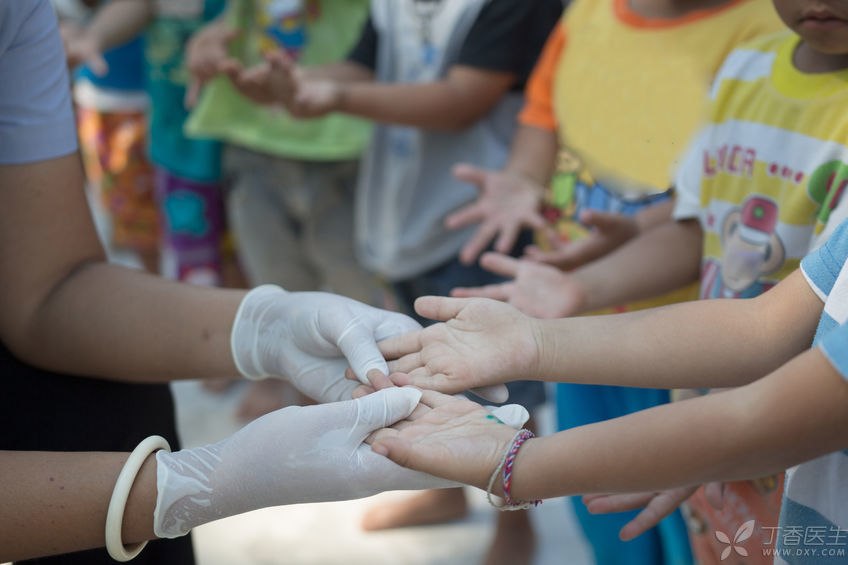
1. Identification from the location of herpes
Similarities: Herpes will grow in the pharynx and soft palate of the oral cavity after herpetic angina and hand-foot-mouth infection.
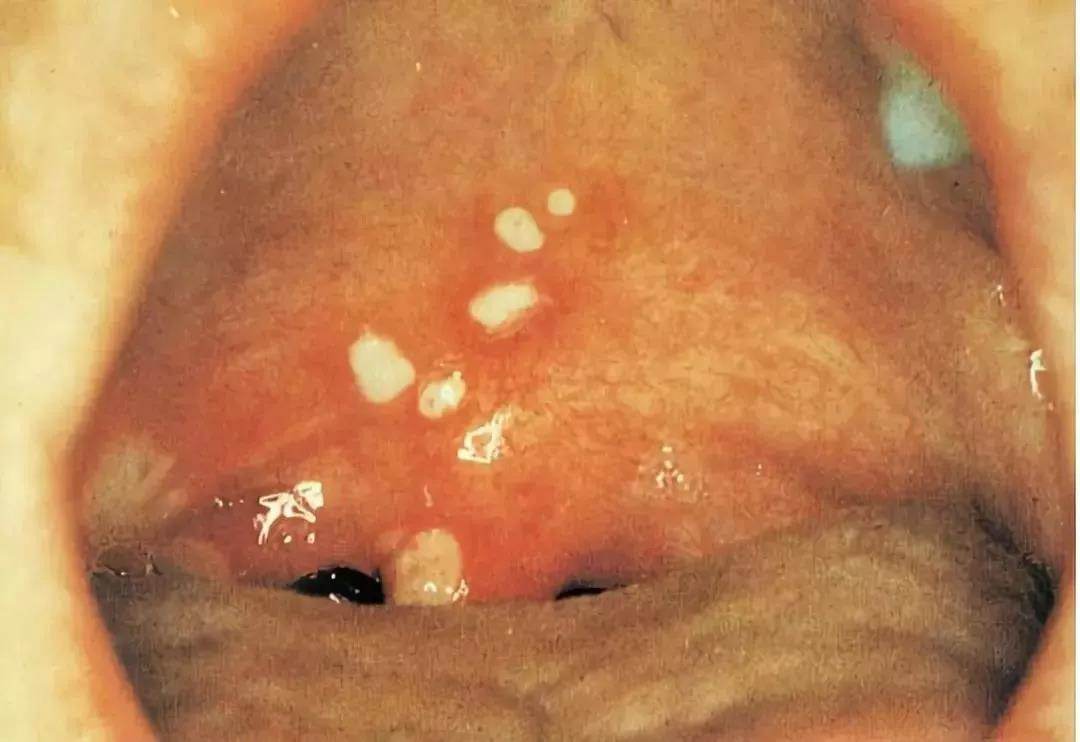
Differences: In addition to herpes in the mouth, pharynx and soft palate, children infected with hand, foot and mouth will also have transparent blisters on their lips, hands and feet, including around the anus, and sometimes rashes will also occur on their knees and elbows.
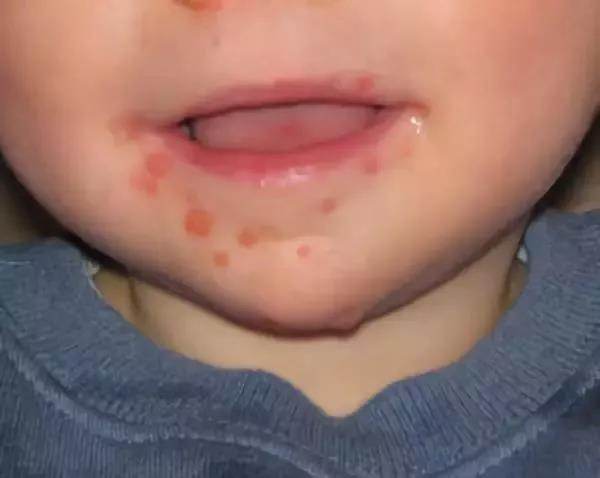

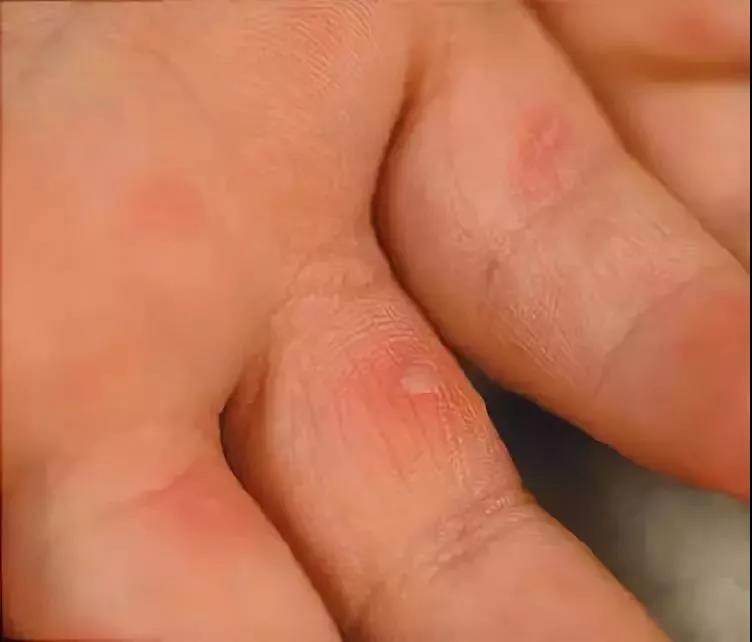
Step 2 Identify symptoms
The same place: herpetic pharyngitis and hand, foot and mouth will be accompanied by fever and pharyngeal pain to varying degrees.
Differences: Herpetic angina children, is the first fever and then found herpes, sudden high fever does not subside, body temperature in 39 ~ 40 ℃ or so, fever may also be accompanied by convulsions, then found oral blisters, children pharyngeal pain is obvious, eating crying uncomfortable. Fever time will last for 3 ~ 5 days.
Most hands, feet and mouth have rash first and then fever (some will have no fever). Generally, it is moderate to low fever, the body temperature is not higher than 38.3 ℃, the pharyngalgia symptoms are relatively mild, and even some children have no pharyngalgia symptoms, and the fever returns to normal within 1-2 days.
Parents need to closely observe whether their children have severe symptoms, especially for children under the age of three, if they find blisters on their hands and feet and suspected hands, feet and mouths.
Children have the following 4 situations, and it is recommended to seek medical treatment in time.
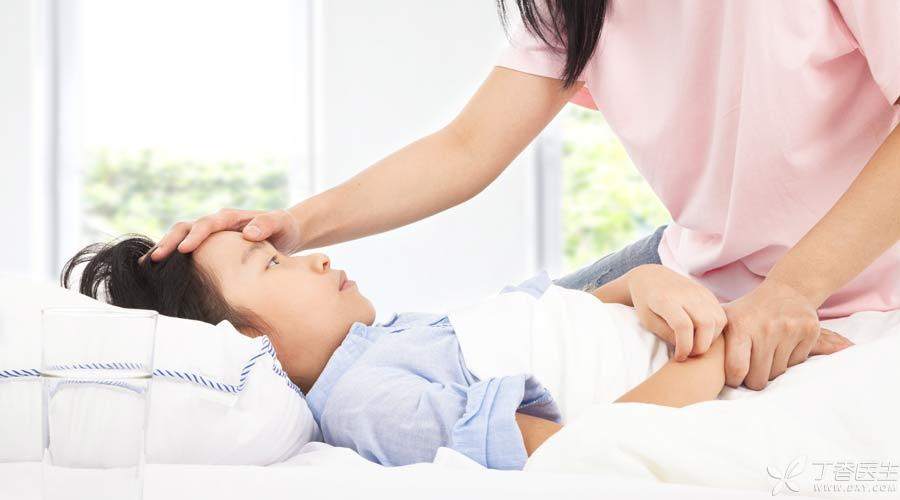
Herpetic pharyngitis and hand, foot and mouth are both self-limited diseases, which can heal themselves. Symptomatic drugs can relieve symptoms:
- Fever: Insanity or high fever, A degeneration heat treatment is given, Tylenol (acetaminophen) or Merrill Lynch (ibuprofen) are recommended. Pharyngeal pain can be relieved by eating popsicles, ice cream or cold fruits and porridge. If pharyngeal pain is severe, drugs such as acetaminophen or ibuprofen are given to relieve pharyngeal pain. Drug taboos: No antibiotics are required, and there are no specific antiviral drugs (including ribavirin and oseltamivir).
In view of the severity of symptoms, hand, foot and mouth still have the risk of complications, if the child has the following 4 conditions, it is recommended to seek medical treatment as soon as possible:
1. The baby continues to have high fever.
Persistent high fever occurs, the temperature is 39 ℃ for more than 24 hours, or the baby has been given antipyretic drugs, but the body temperature still does not drop significantly.
2. Dehydration caused by sore throat and inability to eat
Some babies have obvious sore throat and cannot drink or eat, resulting in severe dehydration (deep eye socket, chapped lips, listlessness, and no urination for more than 6 hours in a sober state).
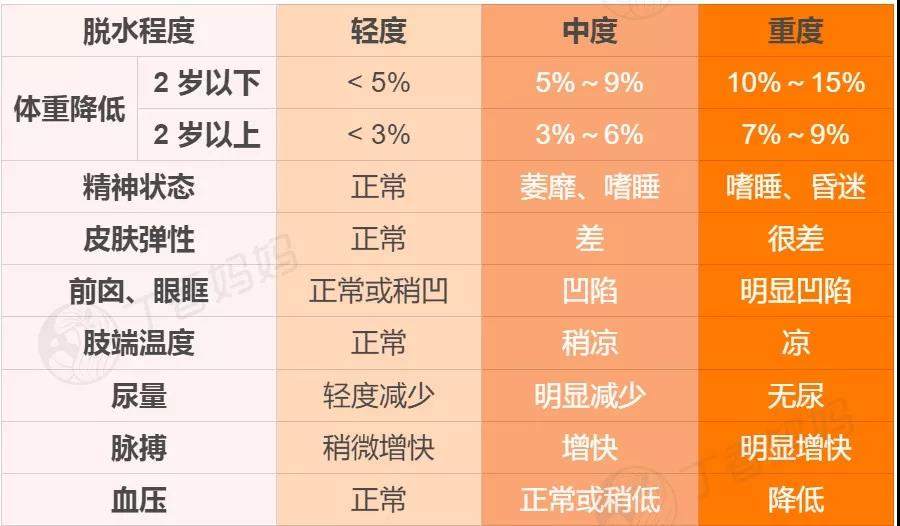
3. Poor mental state when body temperature is normal,
If the child’s body temperature returns to normal, he is still in poor spirits, such as lethargy, not eating for a long time, dysphoria, and even having no strength to cry, it is recommended to take the baby to see a doctor.
4. Limb shaking, rapid breathing, blue lips, etc.
If the child suffers from convulsion (limb shaking), muscle twitching or tremor, vomiting, skin flowers, pale complexion, blue lips, cold sweat, cold limb tips, etc., the baby should be taken to the hospital.
In addition, you should seek medical treatment in time for faster breathing, because breathing will increase when heart and lung failure occurs in hand-foot-mouth disease.
Four Methods to Effectively Prevent

Hand, foot, mouth and herpetic pharyngitis are transmitted through fecal mouth and respiratory tract, and the prevention methods are similar.
Step 1 Wash your hands frequently
Wash your child’s hands with soap or chlorine-containing hand sanitizer before meals, after defecation, and after going out and returning home. Caregivers should also wash their hands before touching the child, change diapers, and after handling excrement.
2. Pay attention to children’s articles and environmental sanitation
Children’s diapers should be cleaned and disinfected in time. Fully clean and disinfect bottles, pacifiers and tableware before use; Regularly ventilate and dry clothes and quilts frequently.
3. Take your children to crowded public places as little as possible.
No matter herpetic pharyngitis or hand, foot and mouth, there will be a follow-up infection period of 1-2 weeks after the disease disappears, and children will be taken to crowded public places as little as possible during the high incidence season.
4. Timely vaccination of hand-foot-mouth vaccine
There is no vaccine for herpetic pharyngitis. Hand, foot and mouth can be vaccinated with Class II vaccine EV71 vaccine. The protection rate against enterovirus 71 (also the most critical type I) infection is over 90%, and children aged 6 months to 5 years can choose to be vaccinated.
